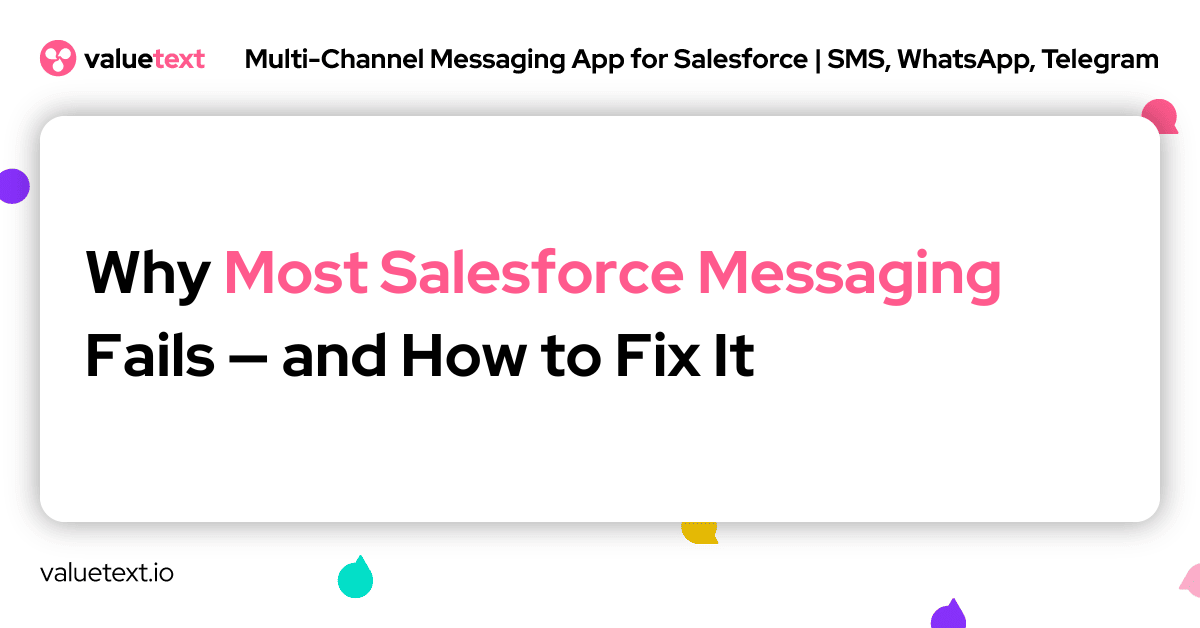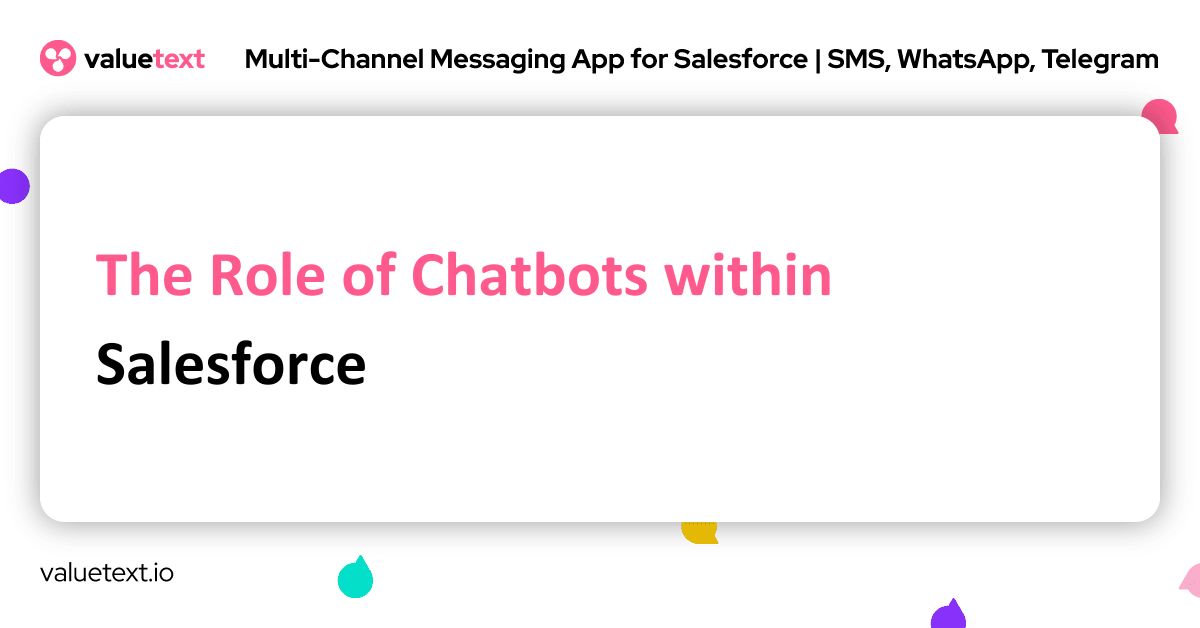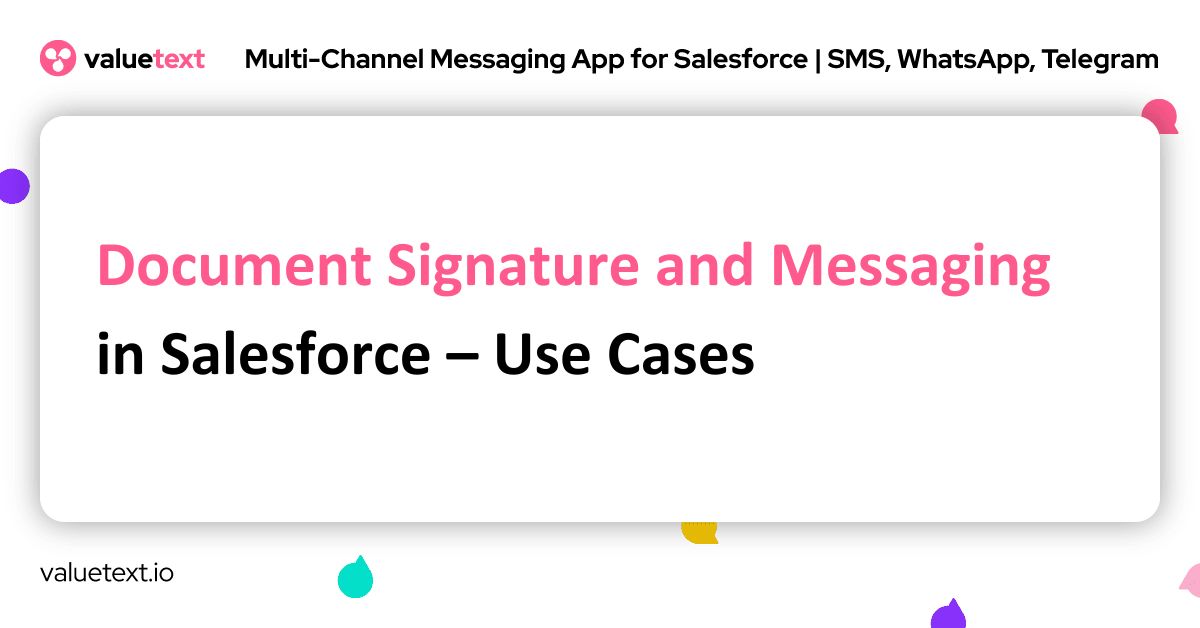16 May

Why Most Salesforce Messaging Fails — and How to Fix It
Messaging in Salesforce Should Work. So Why Doesn’t It?
Despite being one of the most powerful CRM platforms, Salesforce often becomes a bottleneck when it comes to messaging. Whether it’s SMS alerts, chatbot notifications, email automations, or in-app messages, the failure rate is higher than it should be.
The issue isn’t the tool itself — it’s how teams use it. Most Salesforce messaging strategies are fragmented, outdated, and disconnected from real customer behavior. That’s costing companies money, trust, and conversion opportunities.
Let’s break down why messaging fails inside Salesforce ecosystems — and what top-performing teams are doing to fix it.
The Core Reasons Salesforce Messaging Falls Flat
- Messages Are Generic and Robotic
Most users still rely on default templates. Messages start with “Hi [First Name],” and go downhill from there. Without contextual data (purchase history, behavior triggers, urgency), the message lands flat — or worse, gets ignored. - Bad Timing
A message sent at the wrong time is a missed opportunity. If someone abandons a cart and gets a follow-up a day later, the sale’s gone. Timing matters — and too often, messaging flows aren’t synced to real-time events in the customer journey. - Notification Fatigue
Customers are hit with too many alerts: emails, SMS, in-app pings. The result? They tune out everything. Without intelligent throttling and priority-based messaging, you’re just contributing to the noise. - Compliance Risks
Unmonitored SMS and push campaigns often miss compliance standards (especially in regulated markets). That opens the door to legal trouble, especially when dealing with international audiences. - No Clear Ownership
Marketing writes the message. Sales triggers it. Ops has to fix it when it breaks. Without a unified strategy or owner, Salesforce messaging becomes a game of broken telephone.
What’s Really at Stake When Messaging Fails
- Lost revenue from missed or ignored messages
- Poor customer experience due to irrelevant or mistimed communication
- Internal inefficiencies and wasted hours troubleshooting disconnected automations
- Lack of data visibility into what’s working and what’s not
For SaaS and CX-focused teams, these issues are more than operational headaches. They’re conversion killers.
How to Fix It: A Smarter Approach to Messaging in Salesforce
- Personalization That Goes Beyond [First Name]
Use data from past purchases, support tickets, and usage behavior to craft meaningful messages. Example: “We noticed your team started using [Feature X] — here’s how to get the most out of it.” - Event-Driven Automation
Trigger messages based on real-time events: onboarding milestones, missed logins, plan upgrade opportunities, support resolutions. Context is currency. - Cross-Team Visibility and Collaboration
RevOps, Marketing, Sales, and Support need shared visibility into messaging strategy. That means shared dashboards, clear ownership, and regular review. - Built-In Compliance and Opt-Out Flows
Make it easy to stay compliant. Use tools that support region-based rules (like GDPR, TCPA) and auto-manage opt-outs at scale. - Continuous Testing and Optimization
No flow should be static. Use A/B tests, engagement metrics, and response analytics to iterate monthly. Build a messaging loop, not a one-time send.
How ValueText Solves Your Salesforce Messaging Problems
Valutext helps top-performing businesses streamline Salesforce messaging by centralizing triggers, templates, and analytics. From scaling onboarding flows to fixing notification fatigue, it helps teams communicate faster, smarter, and more consistently. It gives teams:
- A unified view of all message flows
- Easy-to-edit templates with logic conditions
- Real-time analytics on open rates, clicks, and response
- Guardrails for compliance and timing
Whether you’re fixing alert fatigue or scaling onboarding flows, Valutext is built to make Salesforce messaging smarter — and more human.
Where to Start: A Quick Messaging Audit
Here’s a simple checklist to identify weak links:
- Are messages triggered by real user behavior?
- Do different teams use conflicting templates?
- Is opt-out handling consistent and transparent?
- Are messages tested, or just launched?
- Can we tell which messages are working — and why?
If you’re not confidently answering “yes” to most of those, it’s time for a messaging strategy reboot.
Final Thoughts
Salesforce messaging isn’t broken. It’s just misused.
Smart teams are turning their messaging flows into revenue engines — not noise machines. That shift starts with rethinking personalization, timing, ownership, and optimization.
Because when the right message hits at the right time, everything changes.
Other useful articles






